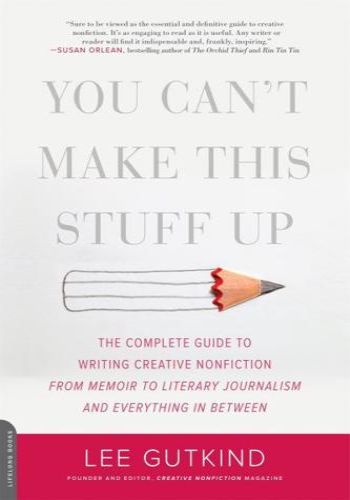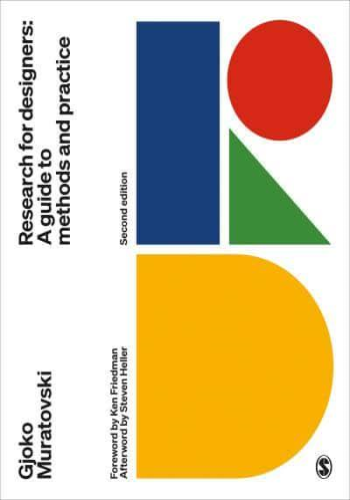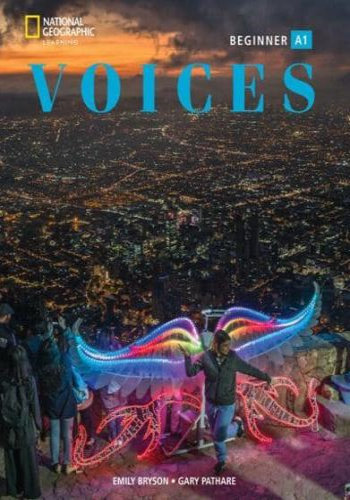Chapter One: The Power of Storytelling
Summary: The first chapter of "You Can't Make This Stuff Up" by Lee Gutkind sets the stage for the rest of the book, emphasizing the importance and impact of storytelling. Gutkind explains how stories have the power to connect people, evoke emotions, and inspire change. He also stresses the role of the writer as an observer and interpreter of the world.
Real Life Example: A prime example of the power of storytelling can be seen in the case of Malala Yousafzai, a Pakistani activist who has become a global symbol of education and women's rights. In 2012, at the age of 15, Malala was shot by the Taliban for speaking out against their ban on girls' education. After surviving the attack, she continued to speak out and share her story, becoming a voice for millions of girls and inspiring people all over the world. Her powerful storytelling and message of hope and resilience have had a profound impact on individuals and communities, bringing attention and support to the issue of education for girls in developing countries.
Chapter Two: Truth as a Nonfiction Writer's Foundation
Summary: In this chapter, Gutkind discusses the importance of truth in nonfiction writing. He emphasizes the responsibility of the writer to accurately portray events, people, and ideas. Gutkind also delves into the gray areas of truth, acknowledging that it can be subjective and open to interpretation.
Real Life Example: The truthfulness of a story can often be a matter of perspective, as seen in the case of the Russian spy, Anna Chapman. Chapman was arrested in the United States in 2010 and charged with espionage. Later, it was revealed that she had been a Russian spy all along, gathering intelligence and working undercover. However, after her arrest, her father and ex-husband claimed that she had no knowledge of espionage and was simply living a normal life. In this case, the truth may have been different for each individual involved, showing the complexities and nuances of storytelling.
Chapter Three: Finding the Story Among Facts and Ideas
Summary: In this chapter, Gutkind explores the process of finding a story in a sea of facts and ideas. He emphasizes the importance of focusing on a specific angle or perspective to make a story unique and interesting. Gutkind also discusses the role of research in finding and developing a story.
Real Life Example: A great example of finding a story among facts can be seen in the case of Hidden Figures, a 2016 film based on the book of the same name by Margot Lee Shetterly. The book and film tell the story of a group of African American female mathematicians who played vital roles in NASA's space program during the Cold War. Shetterly stumbled upon this story while researching another project and was captivated by the untold story of these women. By focusing on their experiences and contributions, she was able to bring a new and compelling narrative to light.
Chapter Four: The Uses and Value of Scenes
Summary: This chapter delves into the importance of using scenes in nonfiction writing to engage readers and bring stories to life. Gutkind explains the elements of a good scene, such as action, dialogue, and sensory details, and the impact it has on readers. He also discusses the potential challenge of reconstructing scenes from memory.
Real Life Example: In the book "You Can't Make This Stuff Up," Gutkind shares the story of Dr. Seema Wadhwa, a physician who was falsely accused of Medicaid fraud. Gutkind uses scenes to vividly depict the events leading up to her arrest and the toll it took on her and her family. The use of scenes not only adds depth and emotion to the story, but also helps readers to fully understand the impact of Dr. Wadhwa's experience.
Chapter Five: Dialogue
Summary: This chapter focuses on the use of dialogue in nonfiction writing to convey character, action, and emotion. Gutkind emphasizes the importance of realistic and effective dialogue, as well as the challenges in accurately capturing it.
Real Life Example: A powerful example of dialogue in nonfiction writing can be seen in the book "The Boys of My Youth" by Jo Ann Beard. The book is a collection of essays, one of which tells the story of Beard's relationship with her sister and their struggles with mental illness. Through authentic and poignant dialogue, Beard is able to depict the complexities and emotions of their relationship, creating a powerful and heart-wrenching story.
In conclusion, "You Can't Make This Stuff Up" explores the art and impact of storytelling in nonfiction writing. Through real-life examples, Gutkind effectively highlights the power and responsibility of a writer to accurately and effectively convey stories. From finding the right angle and using scenes, to truth and dialogue, this book serves as a valuable guide for aspiring and experienced nonfiction writers alike.







